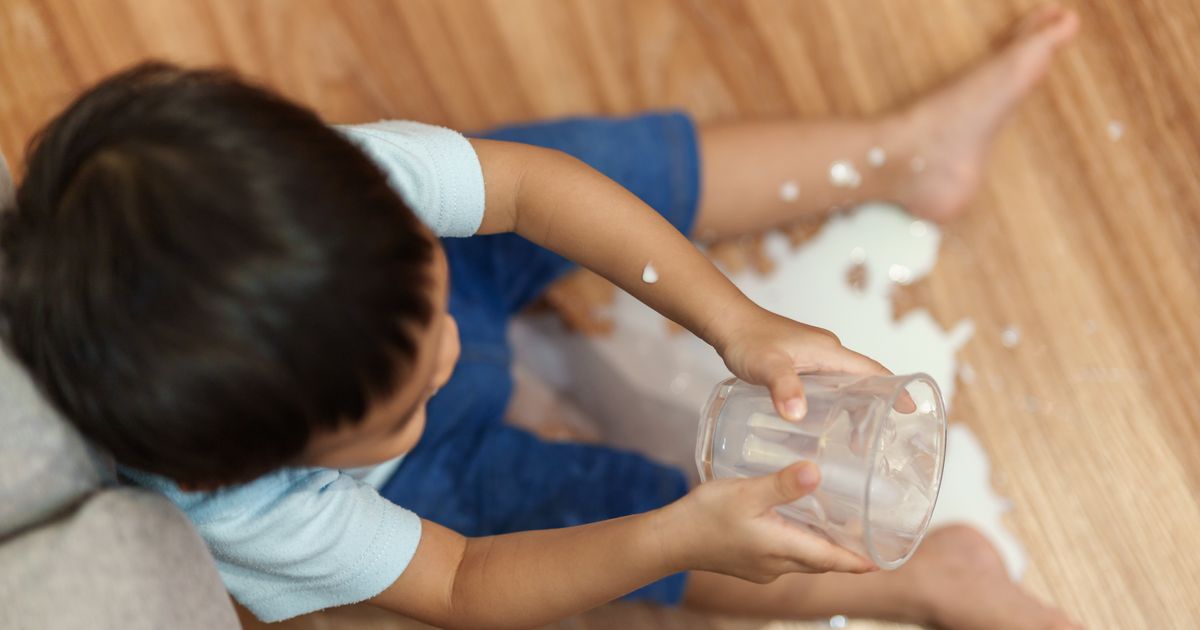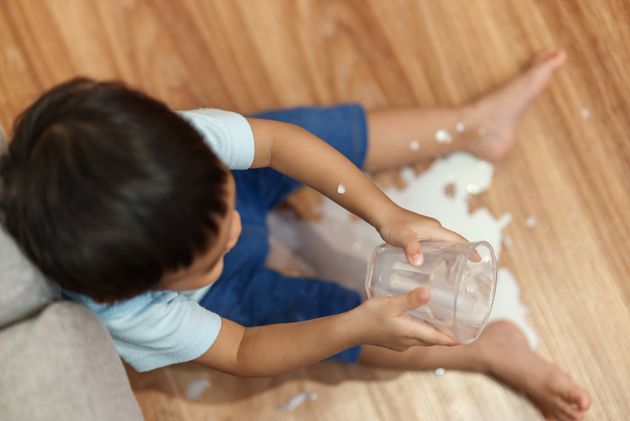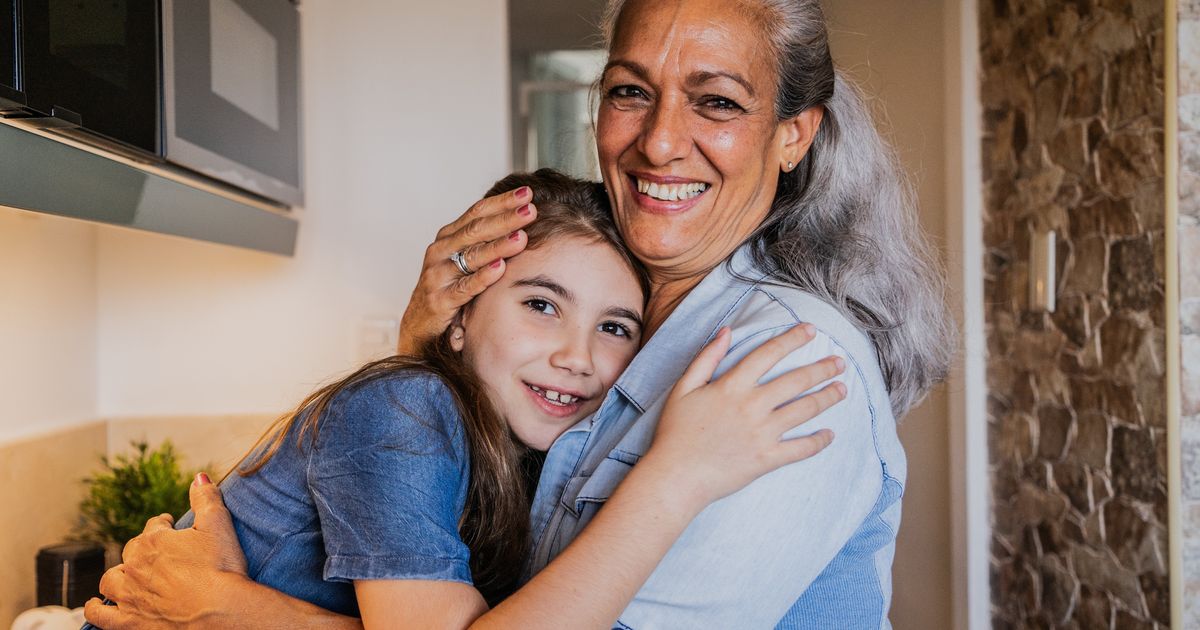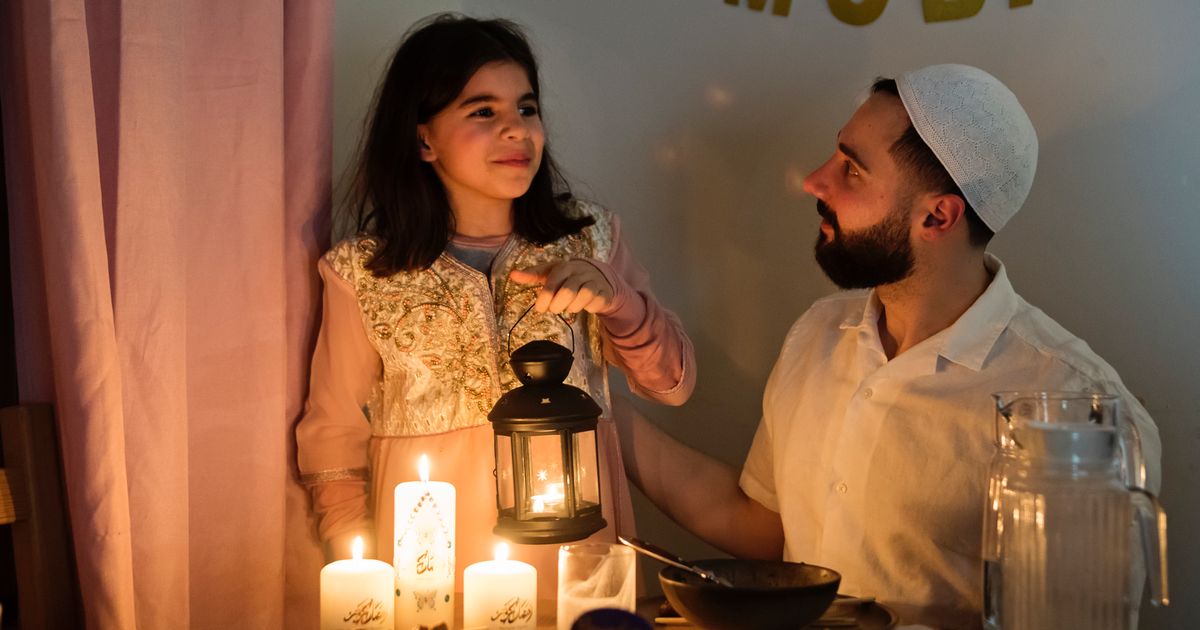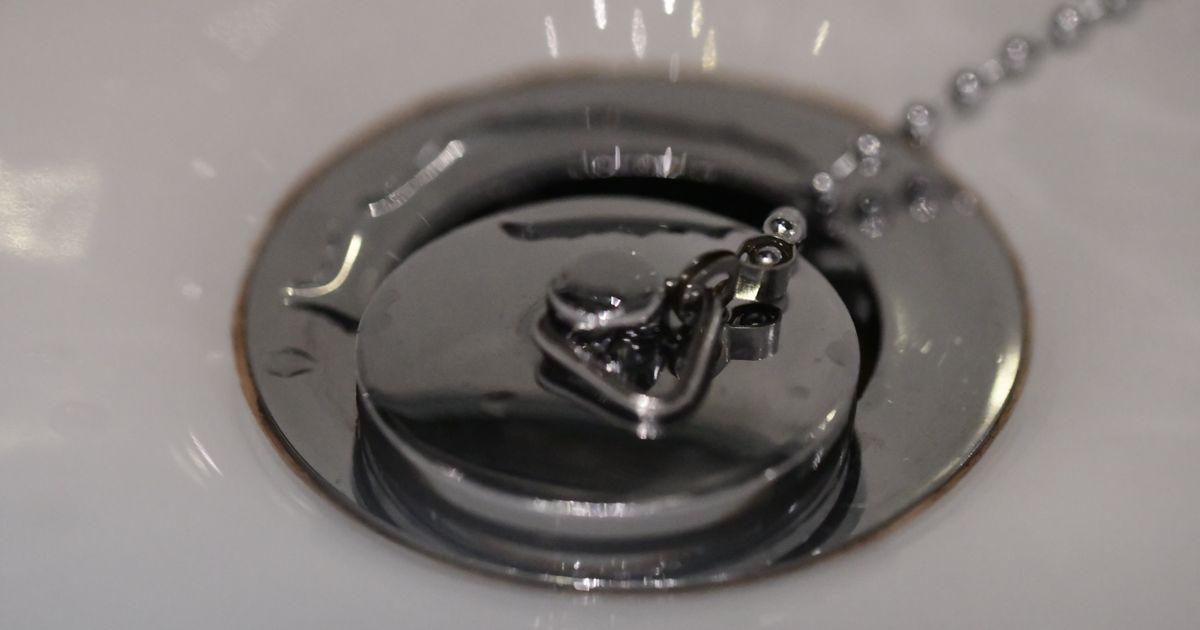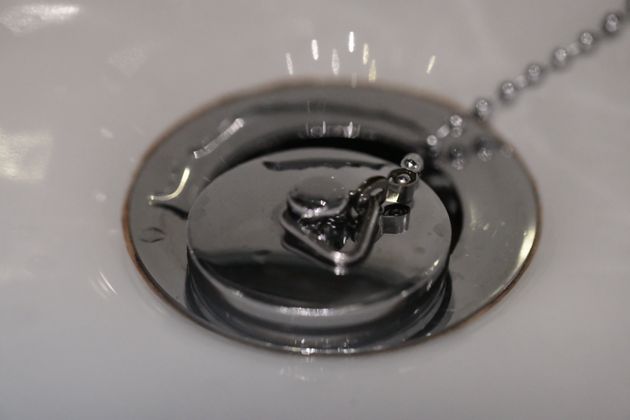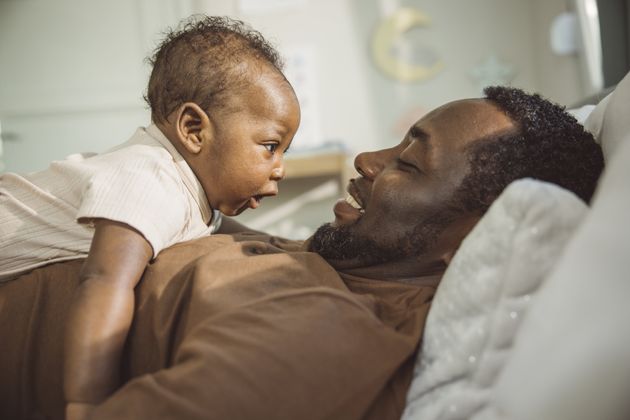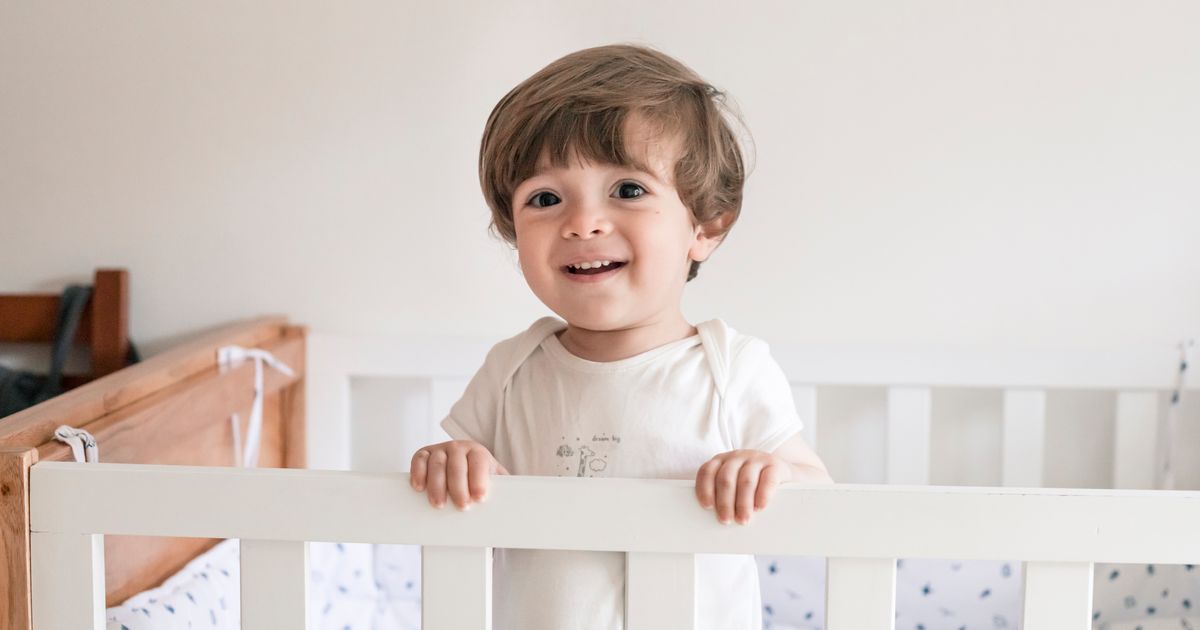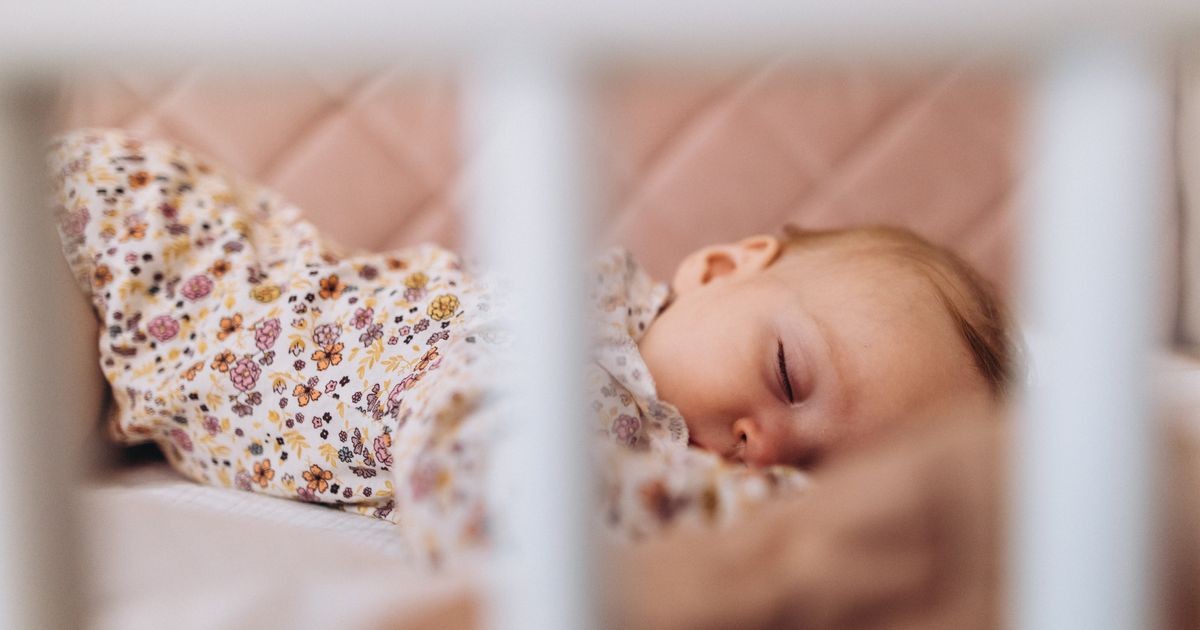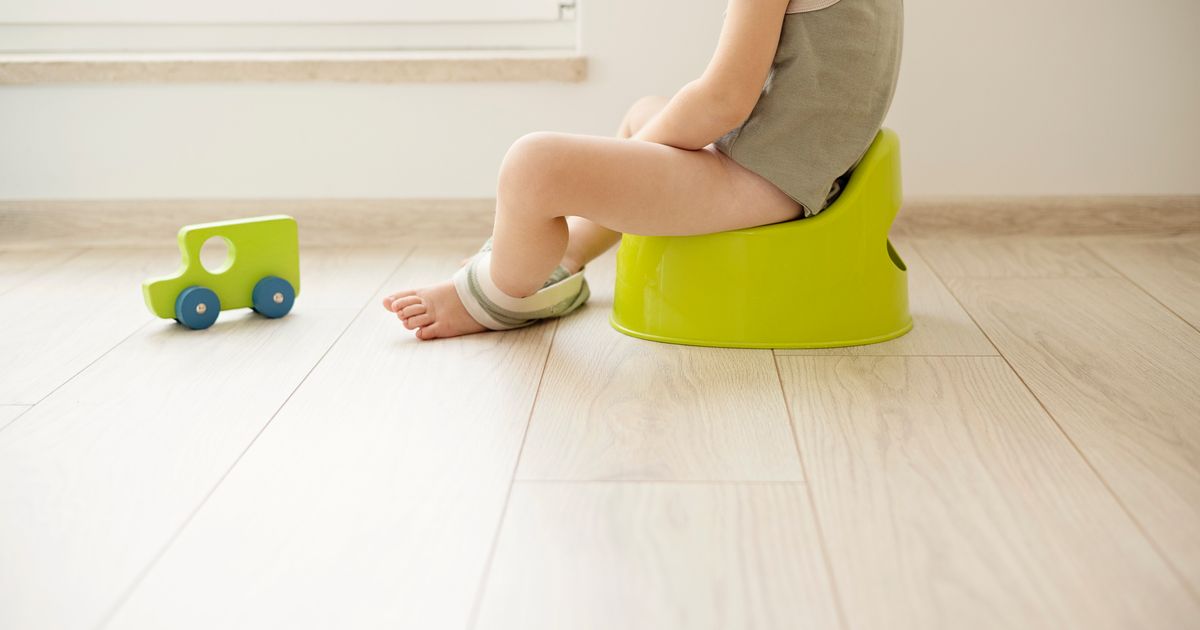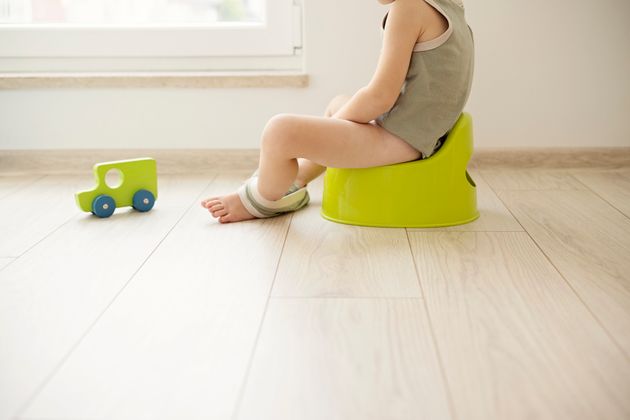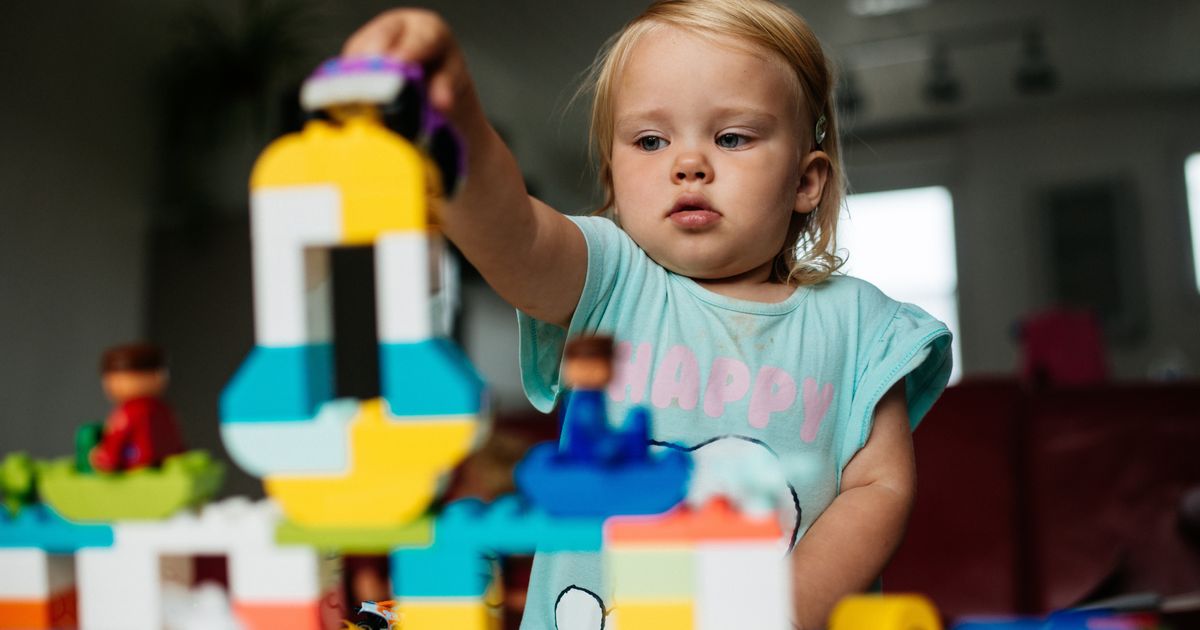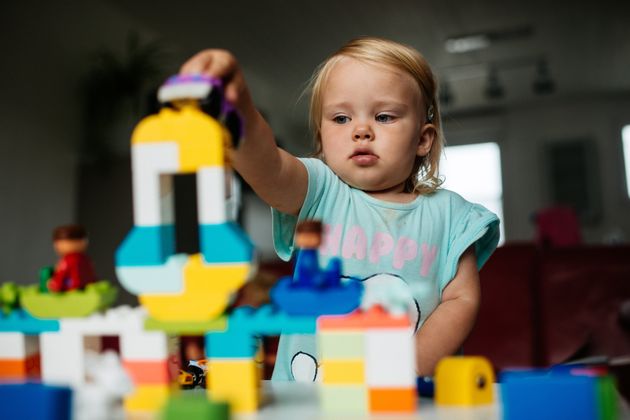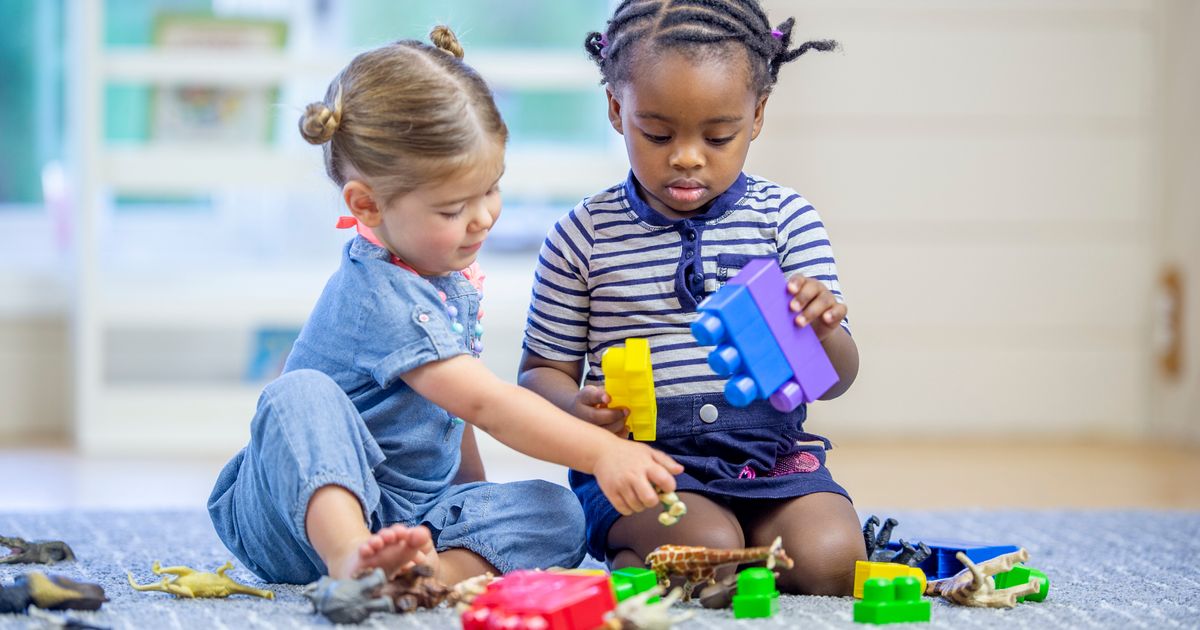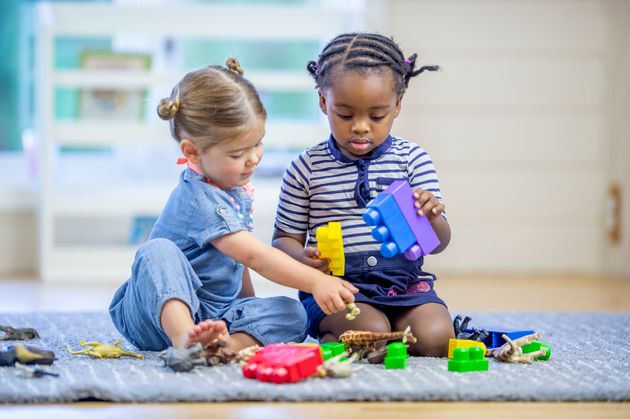Britain’s childcare system is on the brink – and parents are feeling the strain more than ever.
Soaring nursery fees, staff retention issues and nursery closures are just some of the issues the sector is facing, with repercussions for childcare workers, parents and children.
Here’s a rundown of all the ways in which the system is on its knees right now – and if one thing’s abundantly clear, it’s that change must happen fast.
1. Childcare costs are horrendously expensive
A new report has confirmed what every parent already knows (and dreads) – that childcare costs are extortionate. According to charity Coram, the average annual cost of a full-time nursery place for a child under two in Britain is just shy of £15,000. To put that into context, annual university course fees are a maximum of £9,250.
Recently, parents were left reeling by news that these fees may rise by a further £1,000 this year because of the cost of living. This is on top of the fact the average costs of childcare have risen by 5.9% in the past year, according to Coram.
The TUC previously warned that the cost of early years care for a child under two could rise to £2,000 a month by 2026. But for some, this is already the case. One dad in London told HuffPost UK he’s shelling out £2,100 per month for his daughter to go to nursery four days a week.
It’s a postcode lottery for many parents. Coram’s report found there are significant differences in the cost and availability of childcare depending on where you live across England.
The average weekly cost of a part-time place for a child under two is 54% higher in inner London (£199.01) than in Yorkshire and Humberside (£129.32).
Parents in the UK face some of the most expensive childcare costs among leading economies, according to the Organisation for Economic Co-operation and Development (OECD).
There is some help available. From the age of two, children from low income families are eligible for ‘free hours’ at nursery in England, Wales and Scotland. When they turn three, all children – regardless of household income – are entitled to a certain amount of these ‘free hours’ per week.
In Northern Ireland, the picture is different again. There are no ‘free hours’ as such, but all three- and four-year-olds are entitled to a funded pre-school place of at least 12.5 hours per week during term time.
Parents who earn less than £100,000 a year can also get tax-free childcare – up to £2,000 a year – to help with childcare costs. But when the total cost of putting a child in nursery can be up to £15,000 a year, it’s still a struggle for lots of families.
Unfortunately, many women are suffering as a result of such costs. A staggering three in four mums (76%) who pay for childcare say it no longer makes financial sense for them to work, a recent report by the charity Pregnant Then Screwed found. One in four parents (26%) say their nursery bill is now more than 75% of their take-home pay.
This time last year, a survey of almost 27,000 parents with young children found the cost of childcare had driven 43% of mums to consider leaving their jobs.
The sad reality is that women are not just considering this – many do leave. A staggering 84% of the 1.75 million people who’ve given up work to care for their family are women, according to ONS data.
2. It’s actually really hard to get a spot in nursery
It’s got to the point where people are signing up for nursery waiting lists when pregnant – and sometimes even before conceiving a baby – because demand is so high. And those who don’t get ahead end up stuck without childcare, or have to make alternative arrangements, which can often make returning to work very tricky.
Joanna Corfield, head of communications and campaigns at NCT, previously told HuffPost UK they’d been hearing more and more about how working parents are having to think about childcare well in advance of when they need it.
“In some areas where demand is high and provision is low, some families are having to make decisions in the early stages of pregnancy,” she confirmed.
3. Childcare staff are (unsurprisingly) leaving for better paid jobs
With everything else that’s going on, the sector is facing staff retention issues. In October 2021, a Early Years Alliance survey on staff recruitment and retention in the early years sector in England revealed over a third of respondents were actively considering leaving the sector.
Meanwhile one in six believed that staffing shortages were likely to force their setting to close permanently within a year.
The survey also found more than eight in 10 settings were finding it difficult to recruit staff. Around half had to limit the number of, or stop taking on, new children at their setting in the six months prior to the survey.
The average salary of a UK nursery worker is £21,000 according to Totaljobs. But despite the low salary, the job is increasingly stressful – especially as staff shortages mean more pressure on those who are left behind. It’s also resulting in nurseries having to close rooms at short notice, leaving parents in the lurch.
In early years settings in England, one adult can look after three children under two years old; or four children aged two; or eight children aged three and over.
Under Liz Truss’s premiership, it was suggested these ratios could be stretched further, so staff could look after more children at one time – some parents were concerned it would pose a safety issue while members of the childcare sector suggested it would prompt even more staff to leave.
Neil Leitch of the Early Years Alliance previously told HuffPost UK that while childcare settings spend the majority of their income on staff wages, “years of government underfunding has meant that many educators are on little more than the national living or minimum wage”. Because of this, people are leaving the industry for better-paid positions in sectors such as retail and hospitality. And who can blame them?
4. Nurseries are closing at a rate of knots
Nurseries and childcare settings are also dropping like flies – and some organisations suggest it’s only going to get worse because of the cost of living.
The overall number of childcare providers in England dropped by around 4,000 between April 2021 and March 2022, according to figures from Ofsted.
In August 2022, the National Day Nurseries Association (NDNA) warned that between September 2022 and 2023, we could see record-breaking numbers of closures leading to a “catastrophic” reduction in places.
Purnima Tanuku, chief executive of NDNA, said at the time: “Most nurseries are small businesses and similar to the picture in other sectors, these are hugely impacted by rocketing fuel costs, inflation and chronic underfunding.” Tanuku added that nurseries have also had to pay “unfair business rates”.
The latest Coram survey revealed there’s been a sharp drop in childcare availability across England over the past year, with only half of local areas reporting sufficient childcare for children under two. This was a decrease of 7% on 2022.
5. Disabled children and those from low income households are impacted greatly
One of the alarming findings from Coram’s report is that less than one in five (18%) local authorities in England report sufficient childcare for children with disabilities – a 3% decrease on 2022.
The charity called for improved support for children with special educational needs and disabilities (SEND) by introducing responsive funding to improve staff skills and make more childcare places accessible.
In Britain, parents can get help with childcare costs thanks to ‘free hours’. Some parents are eligible for 15 hours free childcare a week for two-year-olds.
All three to four-year-olds in England can get 15 hours free childcare a week (for 38 weeks of the year). And some eligible parents (for example, those on benefits) of three to four-year-olds may also be eligible for 30 hours free childcare a week. It’s a similar picture in Wales and Scotland.
But nurseries are struggling to offer these funded spots. Almost half (43%) of local authorities across Britain report that some or many of their local childcare providers have reduced the number of funded early education entitlement places they can provide.
It’s no surprise this is happening as these spots have historically been underfunded. A 2022 survey by the Early Years Alliance found that for 86% of settings, funding for the three- and four-year-old early entitlement scheme does not cover the cost of delivering places – and around a third (30%) of the providers surveyed said they’re operating at a loss.
6. There isn’t actually a plan (that we know of) for sorting all of this out
While there’s been a lot of talk about how to tackle the nation’s childcare problem from various prime ministers, not much has actually happened to sort the issue so far.
In Rishi Sunak’s first speech of 2023, back in January, the prime minister revealed his educational priorities for the next two years – but his plans for childcare weren’t exactly detailed.
When a member of the press asked about the childcare sector, Sunak responded: “The government and I are completely committed to ensuring good availability and affordability and flexibility of childcare. There’s a consultation that is out at the moment, and we’re in the process of considering – about some reforms – and it wouldn’t be right for me to comment on that now.”
In December last year it was revealed that childcare will be treated as “national infrastructure” – this means local councils will be able to fund it alongside other crucial services like schools, GP surgeries and public transport.
It’s hoped the issue of childcare will be addressed at the spring budget on March 15. There have been murmurings that Sunak is considering extending the free 30 hours for childcare to all parents – not just those who are eligible because they’re on benefits. But nothing has been confirmed as of yet.
What we do know is that changes to Universal Credit will reportedly be announced at the budget, including paying parents on Universal Credit childcare support upfront and increasing the amount they can claim by several hundred pounds.
But for parents who aren’t on Universal Credit, the struggle may well continue if no additional support is provided.
Megan Jarvie, head of Coram Family and Childcare, said: “The need for reform of the childcare system is urgent. As well as eye watering bills, parents are facing widening gaps in availability of the childcare they need.
“As the Chancellor decides his budget, we urge him to recognise the value of investing in childcare – it is a wise investment, enabling parents to work and boosting the outcomes of young children.”
The charity wants to see a reformed system which “prioritises quality, guarantees a childcare place for every child, values the workforce and makes sure that parents only pay what they can afford”.
One thing’s abundantly clear: sorting out childcare should be a priority for the government, as charity Pregnant Then Screwed found 96% of families with a child under three years old are likely to vote for the political party with the best childcare pledge in the next election.
